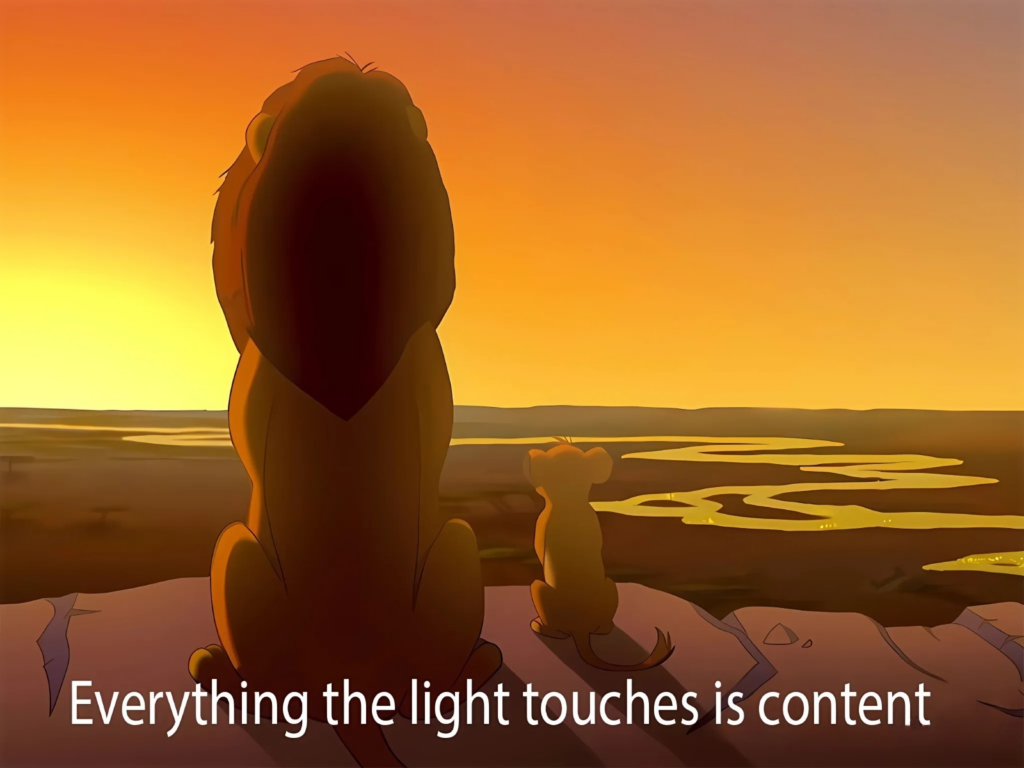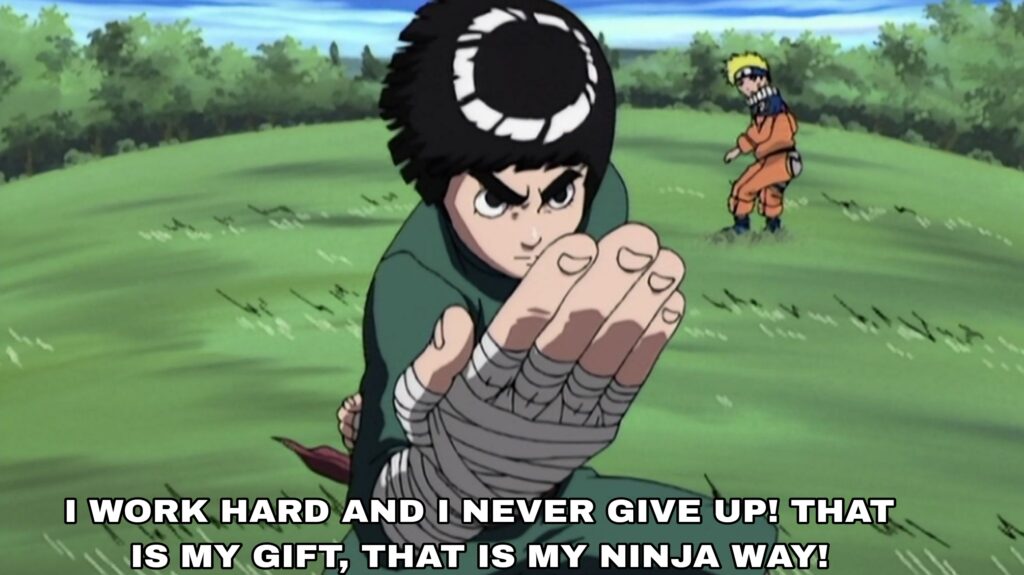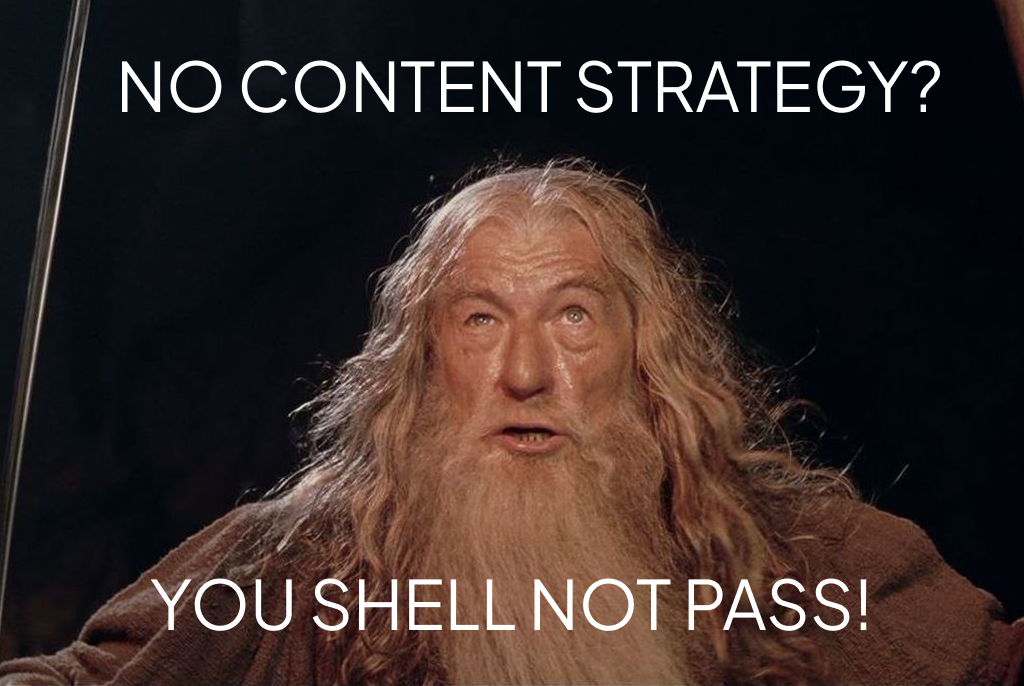April 1, 2025
Content is still king
“You must not only create content and build an audience but also employ strategies to overcome user passivity and systematically find individuals predisposed to love and share the content you’re creating. This is perhaps the most overlooked imperative in digital marketing today.” © Mark Schaeffer.
To create content that people will truly love and share — it’s not easy. For this, it’s important to understand what is bad content and what is good one? Why do some articles or blog posts get thousands of impressions and clicks while others are just skipped? Do you really need a content marketing strategy, or is it just a buzzword?

Go back for a moment to the days of the 2000s, when Facebook, Twitter (not X yet), and YouTube were born. It was a turning point for content marketing as it became digestible, accessible and shareable on demand anytime, anywhere. In fact, the meaning of the term itself transformed: “shrinked” and expanded at the same time. While previously it’d have to be a 5,000-word article or a white paper, now — it could be anything. Over the decades, the digital landscape has expanded even further and evolved.
However, it was — shocker — 20 years ago. An eternity by digital marketing standards. So what’s happening to content now?
Content is still king.
It’s everywhere, literally. It comes to us in so many forms and variations that making a list of them is a hopeless idea. Just to name a few:
- Text on website pages;
- YouTube videos;
- Pictures on Pinterest;
- Stories on social media;
- PDFs on government websites;
- Google Ads;
- Printed posters in a teenager’s room;
- The info on the package of your favourite cookies;
- And even words on a chihuahua’s winter jumpsuit.
Now, in 2025, both B2B and B2C marketers need to know how to create engaging content that doesn’t get lost in the noise but rises above it. Content that welcomes potential customers where they are, face to face.
Content, content, content… Why is it so important, and why do you need it?
Today, content marketing is an all-powerful marketing concept capable of taking over the world. Why?
It costs 60% less than traditional marketing but generates 3 times more leads.
With content, you manage users’ behaviour in the digital space, shape their opinion of you, lead them through the sales funnel and ultimately get revenue. Without content, your business doesn’t exist. Even if you live by word of mouth alone, mere saying to your friend “hey, I do this and that now” is already content by itself.
Content marketing allows you to mine one of the most important resources in the world — money — and it’s surprisingly much easier than mining diamonds.
Creating great content is the fastest way to gain an audience and grow your business. Obviously, users don’t want to consume low-quality content.
Anything done WELL needs a strategy.
The content marketing strategy that REALLY works. Is it a myth or the truth?

A content marketing strategy allows you to turn chaos into order. But how do you create a strategy that works in action, not words? What’s the secret ingredient?
It is important to understand what is good and what is bad, what the strategy should be, and what it should not be. Here are a few criteria to serve as your navigator when creating a successful content marketing strategy:
Value beyond offers
Content marketing isn’t just about telling a story about your great products or services to convert website visitors into customers.
You must offer something more — value that will satisfy both a customer’s material and spiritual needs and earn their trust and loyalty to your business.
Don’t try to sell aggressively by default; those days are long gone. Your product or service may be the solution, but unless you write a product page, product mentions should only be included if they make sense.
Demonstration of your brand’s voice and image
Whether you’re creating a blog post, a service or a location page, your visitors should immediately understand who you are.
Your brand shouldn’t sound like ten different people are writing for you (even if they do). The visuals, tone and voice of your branding across all platforms should look and sound the same.
This way, your content will be cohesive and consistent, which will keep readers coming back to you as a resource and make you appear (and rightfully so) as a professional.
Timeliness and engagement
If you know your audience well (you should know them well) and you know their behaviour patterns, it’s essential to use this to your advantage.
Publish blog posts and offer the best deals and discounts to engage your customers at the right time and meet their urgent needs. If you do this later, you risk being left behind by your competitors and thus losing revenue.
Sometimes, being first is all it takes to win a customer over.
How to become a ninja create a content marketing strategy that gets results?

If there was a guaranteed, time-tested, high-performing strategy blueprint — it would be common knowledge. But it’s a bit more complex than that.
It is like asking a successful businessman, “What is the secret of your success?” Yes, there are some general do-good tips that will help you, but remember — you are unique, and your business is unique as well. Achieving success (in most cases) is difficult; it takes a lot of time and effort, but the core thing to understand is — it IS possible.
If you have watched the popular anime Naruto, you know what we are talking about. Not everyone has an innate talent. But there is something more important than that — perseverance. It’s something you can’t be born with, but it can be learnt.
That’s what Rock Lee proved to us. You can use his ninja way as an example to outline the steps for creating a working marketing strategy, but don’t forget to tailor them to your specific business goals:
Step #1: Aim like a ninja: clear goals, sharp KPIs
Everything has a goal. Before you take any action, you need to understand why you are doing it. This is also true when creating a content marketing strategy. Your goals will determine your direction, spending, and time allocation.
- Are you a startup that wants to increase website traffic?
- Have you been in the market for a few years, attracting many visitors to your website, but your conversion rates are lower than average?
- Are you happy with your conversion rate but want to become a thought leader in your niche?
The goal should be crystal clear. This will keep you from wandering in circles and help you focus only on relevant topics. If you know exactly what you want, it’s easy to define relevant KPIs to track the performance of your actions.
Step #2: Silent observation: unlock audience insights in a ninja way
It’s time to analyze your target audience. Why is this so critical? You can create the most mind-blowing content in the world, but it may be useless if it doesn’t resonate with the right people. That’s why you need to find out as much information about your potential customers as possible:
- Who are they? What are their beliefs, values, and aspirations?
- What problems regarding your niche do they face most often?
- Where are they located? What social platforms do they use most often?
- What type of content appeals to them most?
- What motivates them to take the desired action (purchase)?
Don’t rely on assumptions and guesswork. You need real quantitative data from your research and practice. When you combine what you’ve learned with your business goals, you’ll find it easier to create engaging and captivating content.
Step #3: Ninja’s toolkit: choose the right content type for the perfect engagement
Posting content on every possible digital platform is wasting your efforts. The previous step should already answer the question: “Where is your audience, and what content type do they like the most?”. There are many content types that you can choose from:
- Pages on your website (depending on the page type, the content will be different);
- Blog posts;
- Video content;
- Podcasts;
- Ebooks;
- Infographics.
You can choose all of the options or just one — it all depends on your goal and your audience’s needs. Alternatively, you can start with just one and then expand your posting boundaries. That’s the way we recommend.
Step #4: Master the art of timing: create a detail-oriented content calendar
Content creation is not limited to 1-2 days; it is a long-term and systematic activity. To keep up with your goals, you need to plan in advance — the more detailed, the better. An ideal and convenient way to do this is to create a content calendar.
It can include all sorts of variables:
- Publication date (including special events like holidays, limited edition product launches, promotion days, and so on);
- Content topic and title;
- Author;
- Status (in progress, written, in editing, and more);
- Keywords (this can be a list of keywords or just the main keyword);
- References;
- Result.
You can use any tool to create a content calendar, such as Google Sheets, Trello, Asana, Basecamp, and others.
Step #5: Ninja’s mode: create stunning content that leaves a mark in your audience’s hearts
All the preparations are done; now you can proceed directly to the most important thing — the creation itself. This can take different amounts of time and effort depending on its form, quantity and the platform. Regardless of all the aspects, it must be high-quality, relevant, engaging, and must have:
- Headline structure;
- Interlinking;
- Calls to action;
- Visuals;
- Logical and interesting narrative;
- No mistakes.
If we talk about text content, word count is also crucial. For example, the ideal length for a blog post is 1000-1500 words, but for Twitter (X) — it’s just a couple of sentences.
Choose only relevant topics that resonate with your audience’s needs. Otherwise, you risk not getting organic traffic and wasting all the effort.
Step #6: Sharpen the blade: edit your content to perfection
Before publishing content, you should check it for errors. Everyone makes mistakes, even the most skilled wordsmiths.
Here are some tips on how you can do it effectively:
- You can do it alone — once your content is ready, set it aside for a day. Then, come back to it, look through it with fresh eyes, and edit if necessary. Trust us, you’ll see it from a new side;
- When you’re writing your text, you can edit it using professional tools like Grammarly, Ggrade Miners, or the Hemingway app. If you write your text in a Google Doc, it will also indicate your typos;
- Depending on your company structure and your position, you can send your finished content to the team leader or the person responsible for content marketing for approval. In this case, they will show you your mistakes or, vice versa, praise your skills.
The second option is the fastest and most effective. It speeds up and improves the content creation process, allowing you to focus on more important daily tasks.
Step #7: Show, don’t tell: ninja-level visual mastery
According to a recent publication by The Williams College’s Media Education Center (MEC), we process imagery 60,000 times faster than textual content. When your audience visits your website or social platforms, the first thing they respond to is an image or a video. This makes adding visuals to your content a must. What could it be?
- Photos of your products or service process;
- Infographics to better explain the topic;
- Videos with different insights;
- Gifs and memes (if relevant to your audience);
- High-quality AI-generated images.
It’s a great way to diversify your content and make it more attractive and interesting. It can also help you break down large amounts of text into smaller pieces for better readability.
Step #8: Navigate the digital space like a shadow: discover your ideal promotional channels
Unfortunately, it’s not always enough to just write content and post it. Your audience needs to know that you’ve done it. Otherwise, they won’t see it, and your efforts will be in vain.
Your content marketing strategy should have a plan to promote and reinforce your content to reach your target audience. There are many ways to do this:
- Search engine optimisation: one of the most important and effective ways to organically increase traffic to your website;
- Social media: Facebook, Twitter, YouTube, Pinterest — just double down on the one that suits your business best;
- Email marketing: no, it’s not outdated; it still performs great and works effectively;
- Paid advertising: even though we’re talking about organic visibility, paid promotion methods like Google Ads or Facebook and Instagram advertising solutions have their role;
- Influencer marketing: collaborate with well-known bloggers or social media personalities to effectively promote your brand.
Note that “the more, the better” principle doesn’t work here. Your promotion should match your goals, audience preferences, niche, and budget.
Step #9: Ninja’s gauge: assess every move’s impact
You’ll have to deal with a lot of content creation along the way, so it’s important to measure the results of your efforts and make adjustments based on that. How can you do this?
- You can track your traffic using Google Analytics;
- Google Search Console will show you the number of clicks and impressions on your pages and blog posts;
- For YouTube, you can use YouTube Analytics to see how your videos are performing;
- For social media, your performance is measured in likes, followers, reposts, retweets and so on.
Set goals (KPIs) early into the process (as we listed in Step #1), and don’t forget to revisit them later. Comparing your expected metrics to your real ones will help you determine whether your content is working well or if you need to make any changes.
Conclusion
You’ve just learned about 9 simple but effective steps to create a content marketing strategy. Now, it’s time to put these steps into practice and make it work! Remember, the best things in the world are done with heart. If you love what you’re doing and you put your heart and soul into it, you’re bound to succeed.
“If you can have a great story that people can follow the mystery and get the suspense, and then you have those moments of tension and a splash of visual fun, then you kind of get everything. You get your money’s worth.” © Jason Statham
Related Post

Mar 11, 2025
What TOV Means And How It Gets You More Clients
Is your brand a friendly neighbour you say “hi” to every day on your morning...

Mar 11, 2025
The Art of Blogging for Local Audiences in 2025
Are we still in the 2000s when everyone and their mother had a LiveJournal account?...




